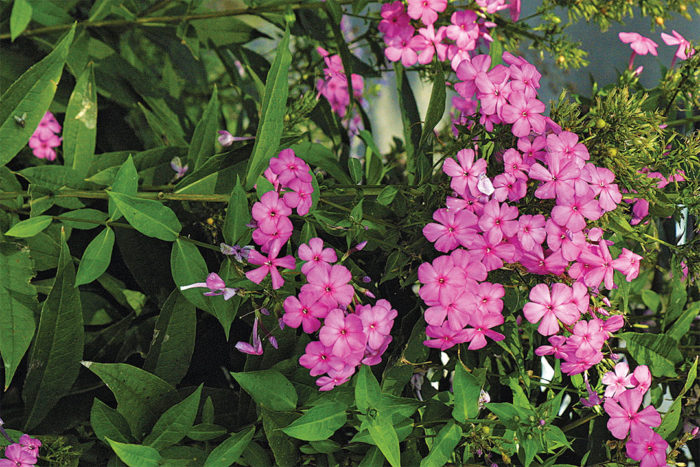
I have a bit of a collecting problem. As a kid I was always collecting things: matchboxes, pins, rocks (gotta get ’em all!). I would shift focus with regularity, and as a consequence, my parents could never keep up. My father would happily bring me home pins from some computer convention or something, and I would reply, “I don’t collect those anymore,” with the combination of disinterest and disdain only a tween can deliver.
As I grew older, the problem manifested itself in odd ways: needing to have a pair of shorts from every college lacrosse team, scouring record stores for rare John Fogerty albums, hoarding anything with Elmer Fudd on it. I passed through a phase where I needed to have every book of literary criticism from 1935 to 1965. These days I have cut back to two collections: (1) anything involving Jefferson Airplane and (2) plants.
My wife thinks I only collect plant tags, since they are to be found anywhere and everywhere in our house. I am sure you understand about the plants. I always want to know about something new, something obscure, or something variegated.
These plants seem cooler somehow, or perhaps they just mask my insecurity over the appearance of my garden. Who cares if it’s a mess—I’ve got the one with the red foliage! Do you have that? No? Oh. Too bad. I do. And look, here is something with flowers that fade to gold instead of the more common yellow.
Apparently, I am not alone in my lust for different varieties. Breeders and nursery people are constantly introducing new cultivars, and we are fascinated by them. So many come out that we need people like Richard Hawke to grow these plants so we can find out which ones are better, which are worse, and which are just like the others. But are we missing something?
In our rush to find the new and the varied, we often neglect the original. Keith Nevison (“Are Nativars OK?”)—and many pollinator aficionados—are bringing our attention back to the straight species of plants that we have neglected in favor of shinier, sexier versions. Straight species are the truest form, the first edition, and are increasingly rare. Few people grow them, so including them in the garden can give one cachet, and the pollinators will appreciate it. I don’t know why I don’t have more of them, but I think I have found the next thing I am going to collect. Sorry, Jefferson Airplane.
—Steve Aitken, editor


















Comments
i'm with you... i tried to grow the medlar tree 3 times... they kept dying! i'm the cobbler whose kids have no shoes, the tailor whose kids have no clothes, or the garden designer whose husband doesn't have a weed free yard.
Log in or create an account to post a comment.
Sign up Log in